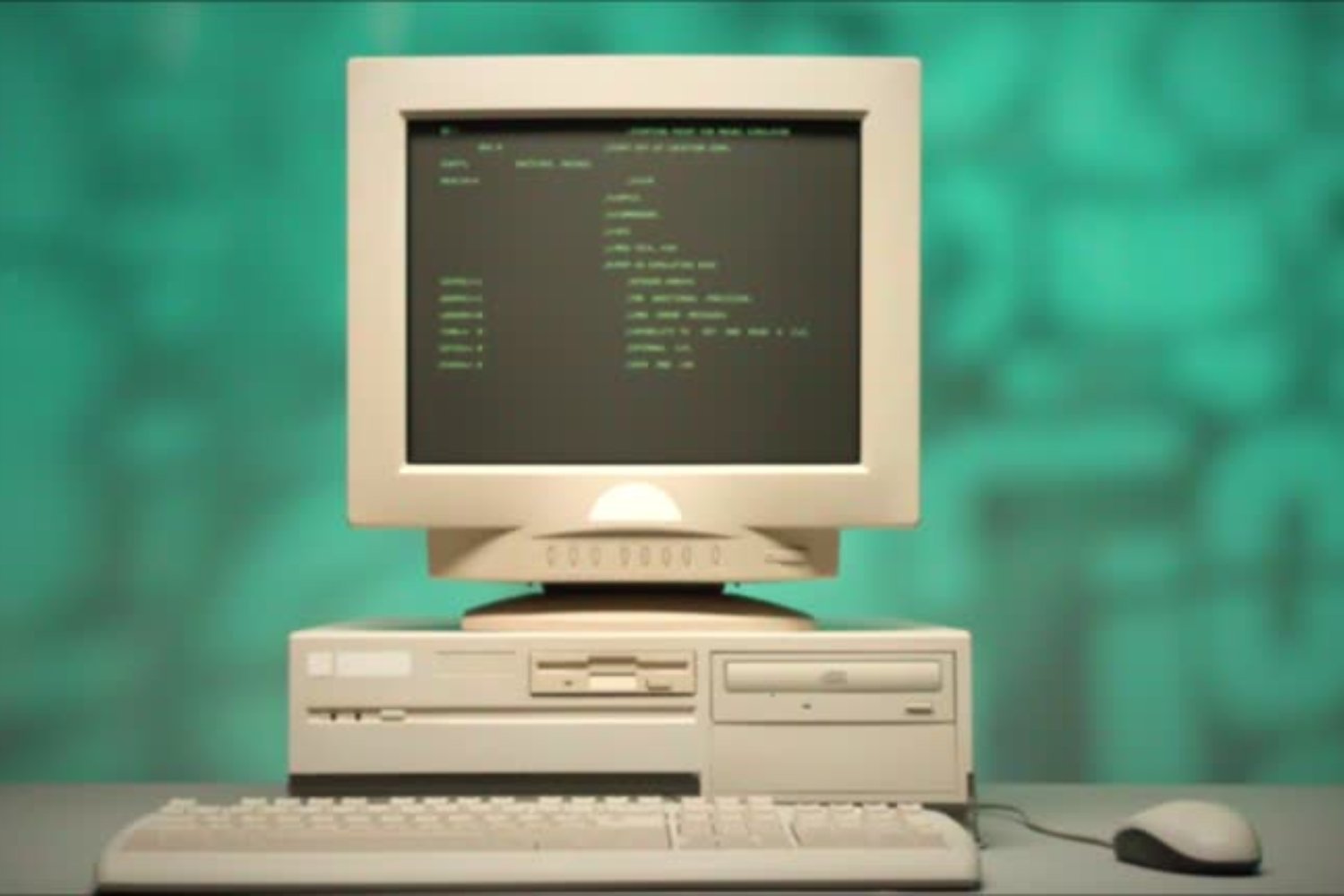What We Can Learn About the Future of Artificial Intelligence from an Old 90s PC

The Unexpected Power of Outdated Technology
When we think of artificial intelligence, we often picture state-of-the-art equipment and cutting-edge technology. However, a recent experiment has shown that even an old PC from the 90s can handle advanced language models. This raises the question: how much can AI achieve with minimal resources?
Revolutionizing AI with BitNet
In a surprising turn of events, a team led by Andrej Karpathy successfully ran a complex language model on a computer with outdated specs, including a Pentium II processor and only 128 MB of RAM. This experiment, carried out by EXO Labs, challenges the notion that AI requires high-end hardware to function effectively.
The Power of BitNet
BitNet is the technique behind the remarkable achievement of drastically reducing the size of models by using ternary weights. This not only saves space but also allows for direct CPU execution.
Efficiency and Innovation
Thanks to BitNet, models with 7 billion parameters can now fit into just 1.38 GB of storage. This architecture claims to be up to 50% more efficient than traditional models, opening the door to running models with 100 billion parameters on a single CPU.
A New Era for AI
This breakthrough could revolutionize the distribution and use of AI, making it more accessible for everyday devices and breaking down barriers that once seemed insurmountable. It’s a clear sign that artificial intelligence can become more widespread and equitable than ever imagined, starting from what some may have considered obsolete technology.




